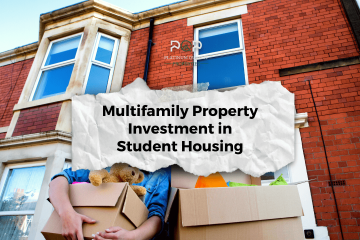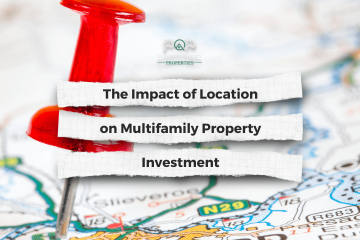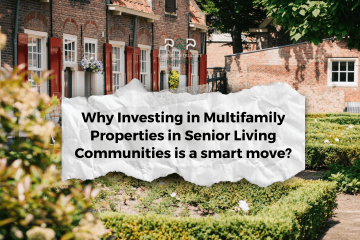Listings of newly built homes prop up for-sale inventory. The number of single-family houses available for purchase grew by 3.8 percent from May to June, a change of tides after listings steadily declined during the pandemic. Specifically, the number of new homes for sale increased at the fastest pace month over month in more than 50 years. This figure includes listings of houses that have not yet actually broken ground, though. Meanwhile the for-sale supply of existing homes remains extremely tight. Owners of single-family houses with mortgages at historically low interest rates have a reduced incentive to relocate. This reinforces the barriers faced by many entry-level and first-time buyers as the median price of a new home is notably higher than the cost of an existing dwelling. Newly built homes tend to be among the least affordable and are accounting for a greater share of listings, keeping the path to homeownership unattainable for a large cohort of renters.
Luxury rentals offer a more affordable alternative to ownership. The increase in houses for-sale is not affecting rental demand, with the multifamily sector just registering its largest quarterly absorption total since at least 1993. The Class A tier piloted the strong performance. Luxury rentals offer a quality living experience to those being priced out of homeownership, funneling demand toward the segment. At the same time, some individuals prefer the flexibility and amenities of apartments. Class A vacancy contracted by 100 basis points from April through June to 4.5 percent, the second-lowest rate to end a quarter dating back to 2014. Robust demand spearheaded the Class A tier’s fastest quarterly rent growth in more than 20 years.
Apartments attracting more investors. Investor confidence in multifamily is strengthening after the record-setting second quarter performance and an outlook that is bolstered by a lack of moderately priced homes available for purchase. The buyer pool for apartments is growing, facilitating a competitive bidding market. Multifamily assets traded for an average of $171,000 per unit over the past year ended in June, up 5 percent annually. Meanwhile, the average cap rate fell 20 basis points to 5.1 percent as aggressive pricing is applying downward pressure.
Developing Trends
Development pace will retreat. Single-family starts were up 28.5 percent year over year in June, but construction permits fell to the lowest level in 10 months. Elevated material prices are weighing on development plans, which in turn will subdue housing starts down the road. The lumber cost index was up 97 percent year over year in June while the price of concrete products increased by 45 percent during that time frame. The pace of single-family deliveries will eventually ease, further limiting the number of homes coming to market.
Aging millennials to exacerbate supply shortage. Household formation in the U.S. in 2021 is expected to be at its fastest annual pace in more than a decade and remain historically high in the coming years. This is a product of the millennial cohort aging into their mid-30s and creating new households as many start families. Some will seek homeownership at this stage in their life, but tight supply could limit buying options and keep them as renters.
| $370,680 | 6.3 |
| Median Price of New Home in June 2021 | Months of Supply of New Homes for Sale in June 2021 |
* Through June
Sources: Marcus & Millichap Research Services; Capital Economics; Freddie Mac; Moody’s Analytics; Mortgage Bankers Association; National Association of Home Builders; National Association of Realtors; RealPage, Inc.; U.S. Census Bureau; Wells Fargo




